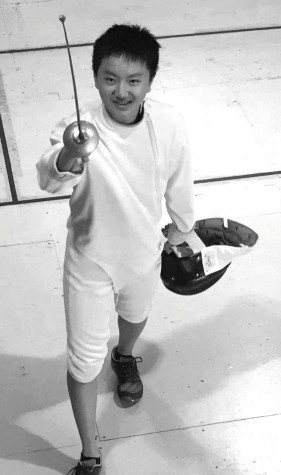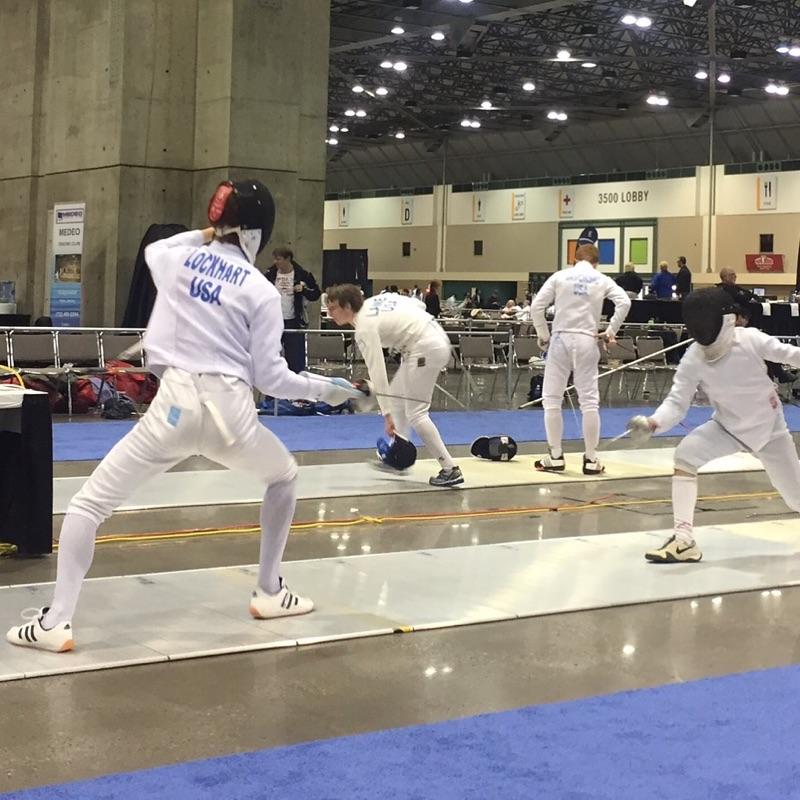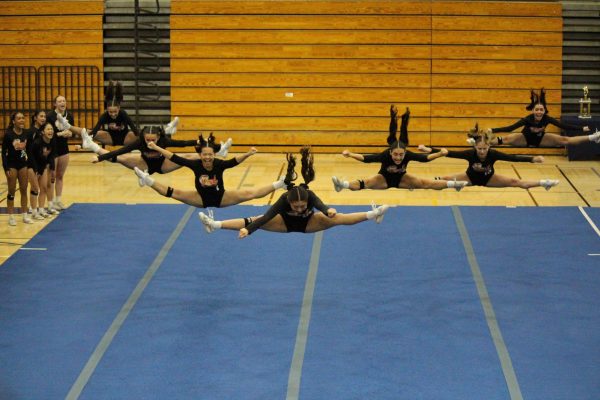Cal students duel in the sport of fencing
Basketball, soccer and baseball are the common sports heard around campus.
But fencing is not a sport, especially in school, that students generally mention, unless those students are junior Connor Lockhart and sophomore Raymond Wang.
 Junior Connor Lockhart, photo by Daniel Pan
Junior Connor Lockhart, photo by Daniel Pan
 Sophomore Raymond Wang, photo courtesy of Raymond Wang
Sophomore Raymond Wang, photo courtesy of Raymond Wang
Lockhart has been fencing for as long as eight years, and just this year he competed to qualify for the Junior Olympics.
“I got into [fencing] from watching the Olympic qualifiers,” Lockheart said. “I was really fascinated by it, so I joined a local club to try it. I’ve been doing it ever since.”
Fencing is a sport that involves martial use of a sword, usually a foil, sabre, or épée, to score points against an opponent.
A duel involves two players with flexible swords and a large space to perform lunges, thrusts, and defensive moves.
Players must wear protective gear specifically made for fencing.
“It’s a fun sport,” Lockhart said. “It’s different. It’s physically and mentally difficult.”
Fencing requires sharp foot and hand-eye coordination and the ability to anticipate.
Since this is a sport that demands rapid footwork and thrusting, fencers must build a strong core for proper balance, body awareness, and an enduring stamina to keep up with their opponent.
While major injuries are mostly prevented due to the flexibility of the swords used, it’s not rare to end up with bruises and minor welts.
“You need to have tactical skills, plan your moves, and be able to execute them,” Lockhart said. “You have to be fast enough. It’s difficult.”
Not only does Lockhart express his love and skill at the sport, but his dedication to it as well.
Lockhart said he spends at least seven to eight hours a week fencing.
“One of the challenges I’ve faced is staying calm,” he said. “I have to maintain a strategy during a heated bout and deal with my losses.”
He’s competed in several competitions in the past eight years, traveling from city to city to duel against others his age, or even older.
In fact, Lockhart placed third out of 32 fencers in a competition in Richmond last year.
Locally, he competes in San Francisco and San Jose, but some of the major cities he’s competed in are Kansas City and Denver.
But trying to qualify for the Junior Olympics has been Lockhart’s biggest competition yet.
“It was close,” he said. “I wasn’t quite there yet, but close. I’ll try again next time.”
Lockhart finished 25th in the competition. Competitors had to place in the top 20 to move onto the next round.
“I was at the bottom of my age group,” he said. “I was in the ages 17 to 21 group, so I was competing with people older than me.”
Junior year for Lockhart will be finished before he knows it, and college will soon be something to worry about.
That doesn’t stop the fencing, though.
“I plan to do it recreationally, you know, for fun, after high school,” said Lockhart.
Lockhart is not the only student who fences at Cal.
Wang is fairly new to the fencing realm, but unfortunately he recently sustained an injury fencing and has not been able to practice. But that doesn’t deter his joy for the sport.
“Fencing seemed like an elegant sport with a competitive edge,” Wang said. “I wanted to try it out, and I hope to continue it.”
Wang spends around six to eight hours fencing a week. But because he is still training, he has yet to participate in any official competitions.
He hopes to compete sometime this year. Later, he wishes to compete at the collegiate level.
There are players of all ages in fencing, unlike many sports where there is a certain age limit to continue playing.
This is what makes fencing so unique and attractive to all teens, children, and adults.
“There are eighty year old players playing,” Lockhart said.




